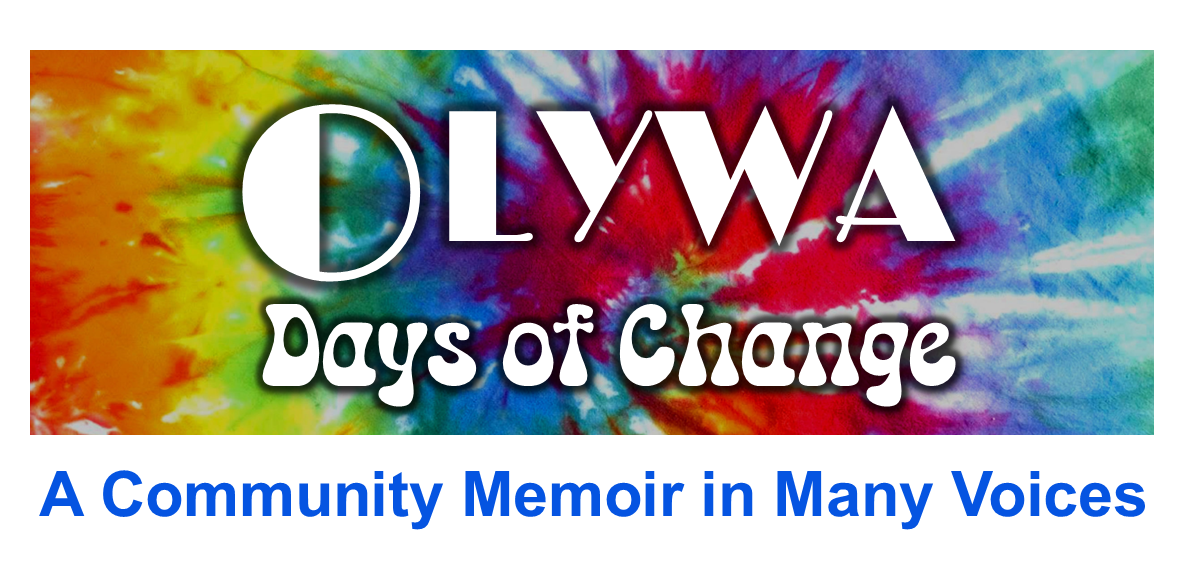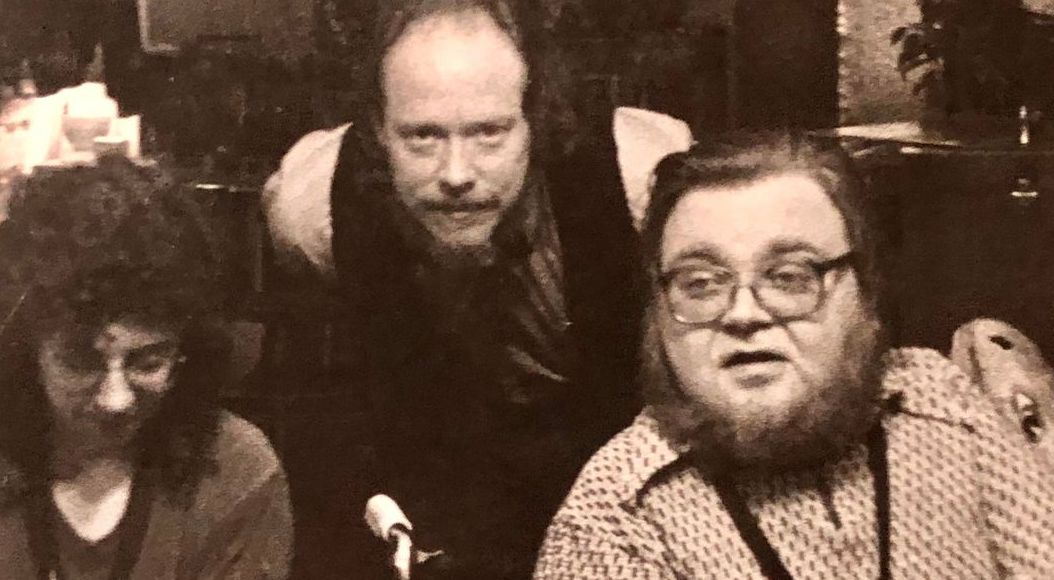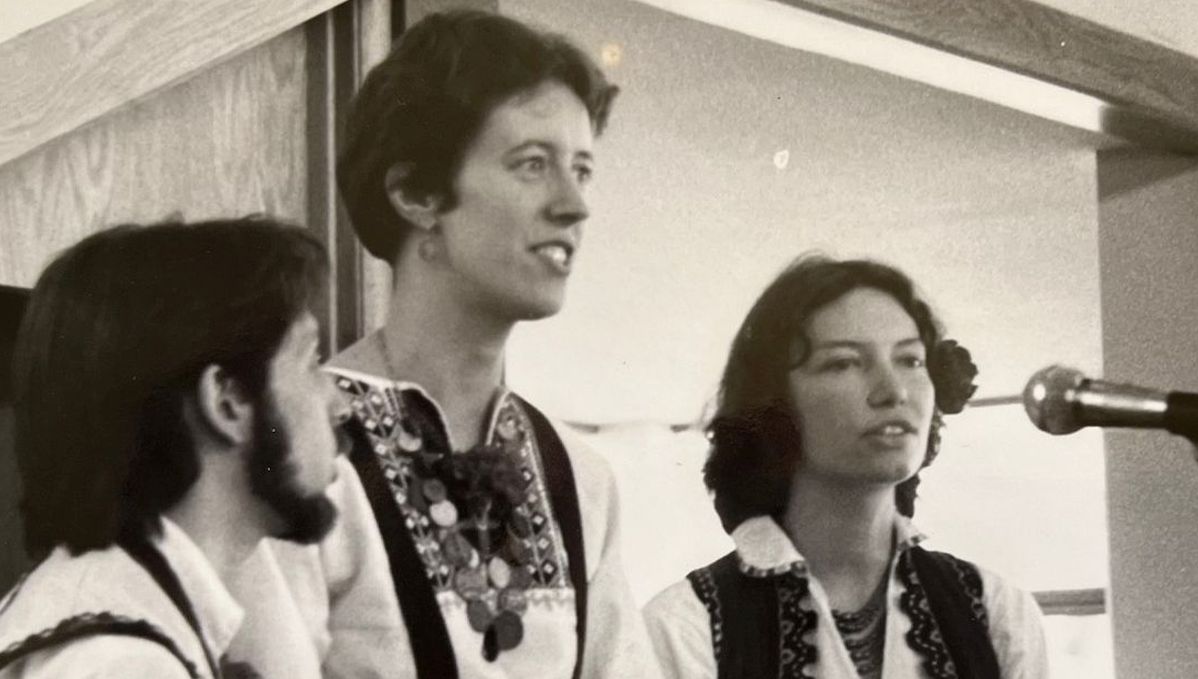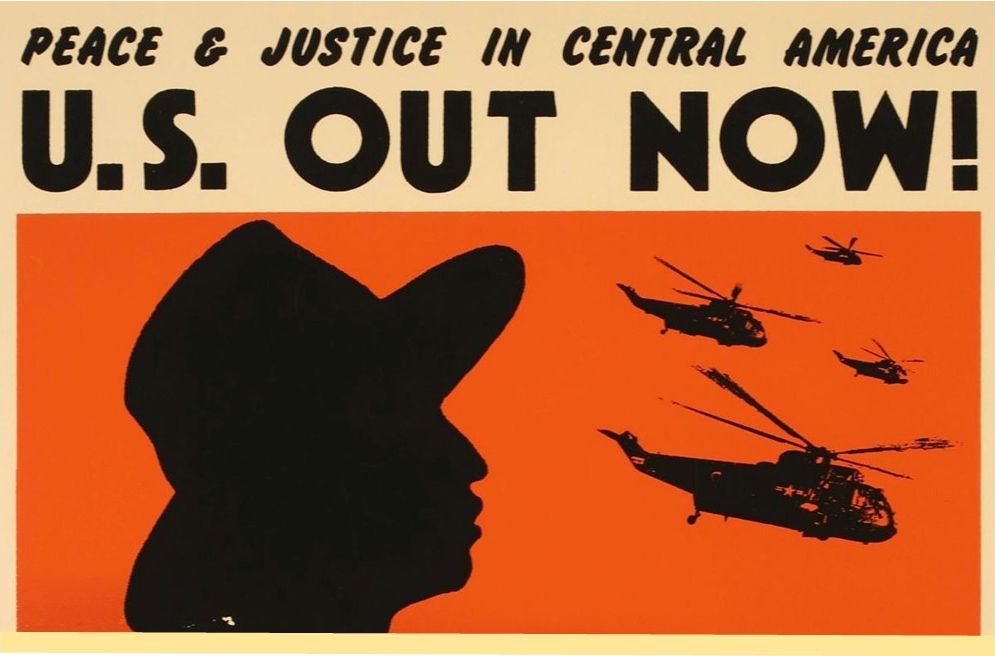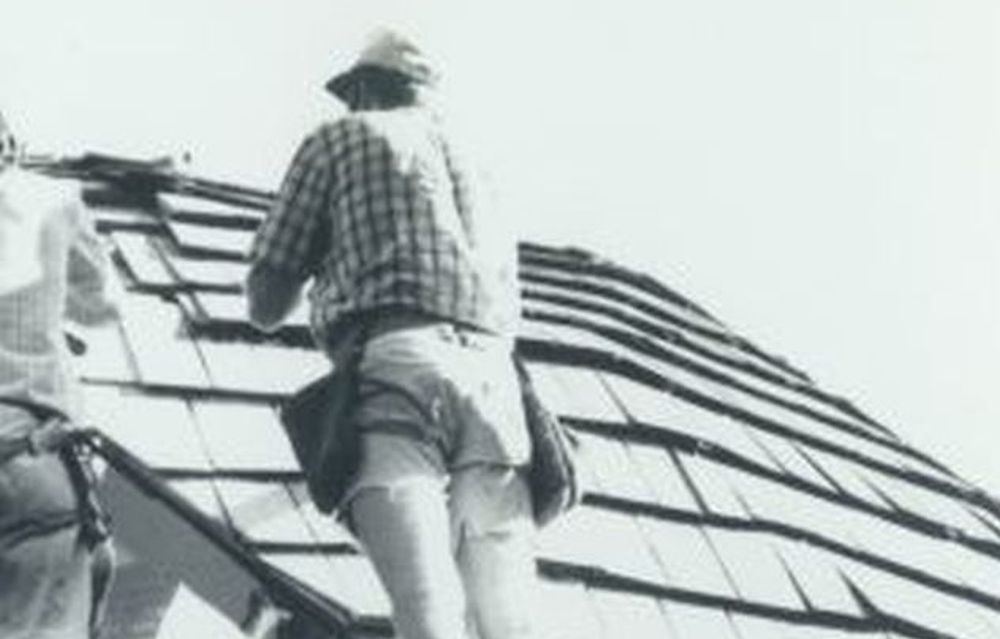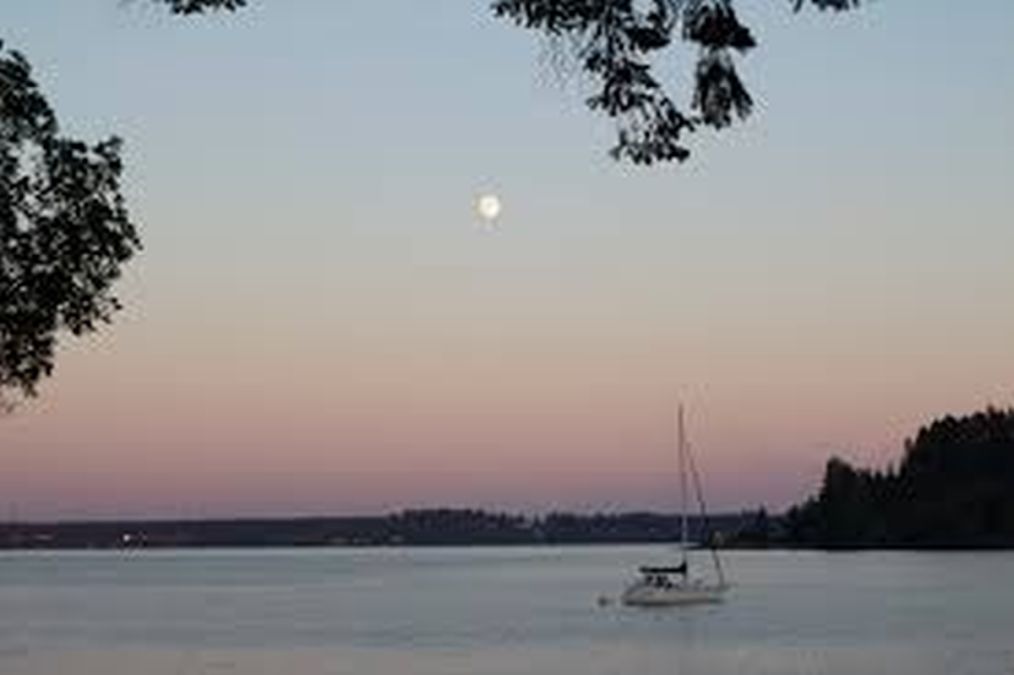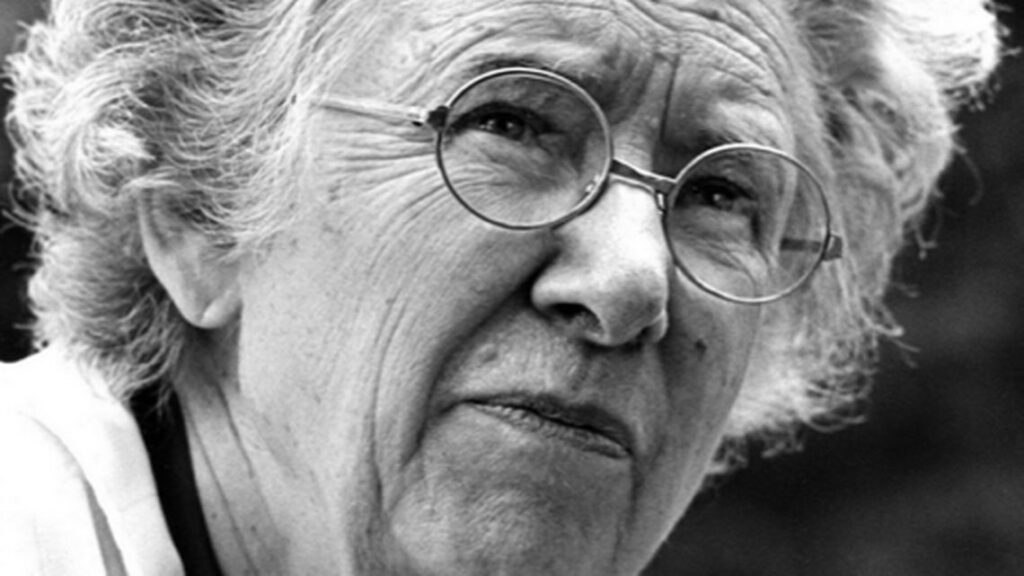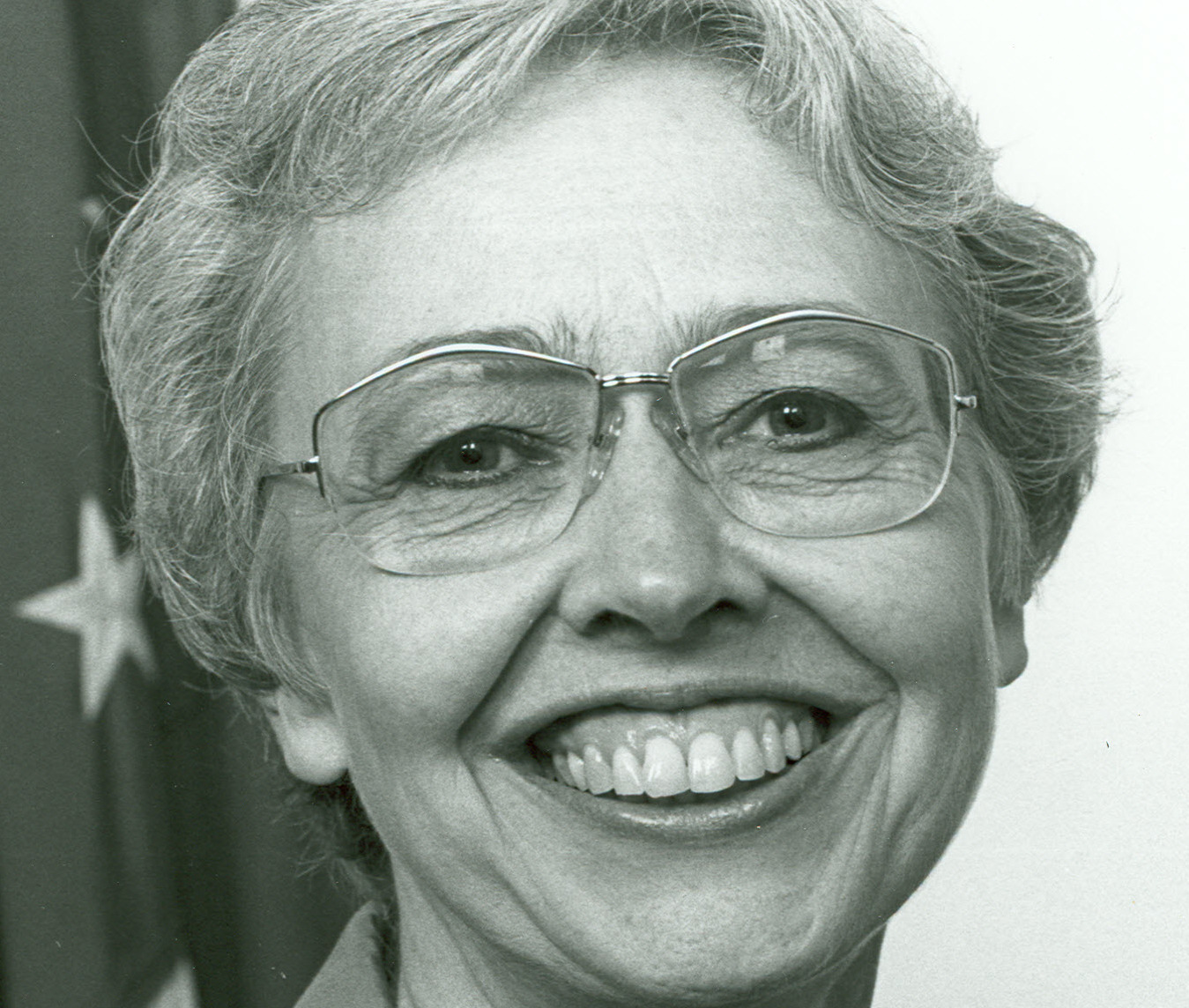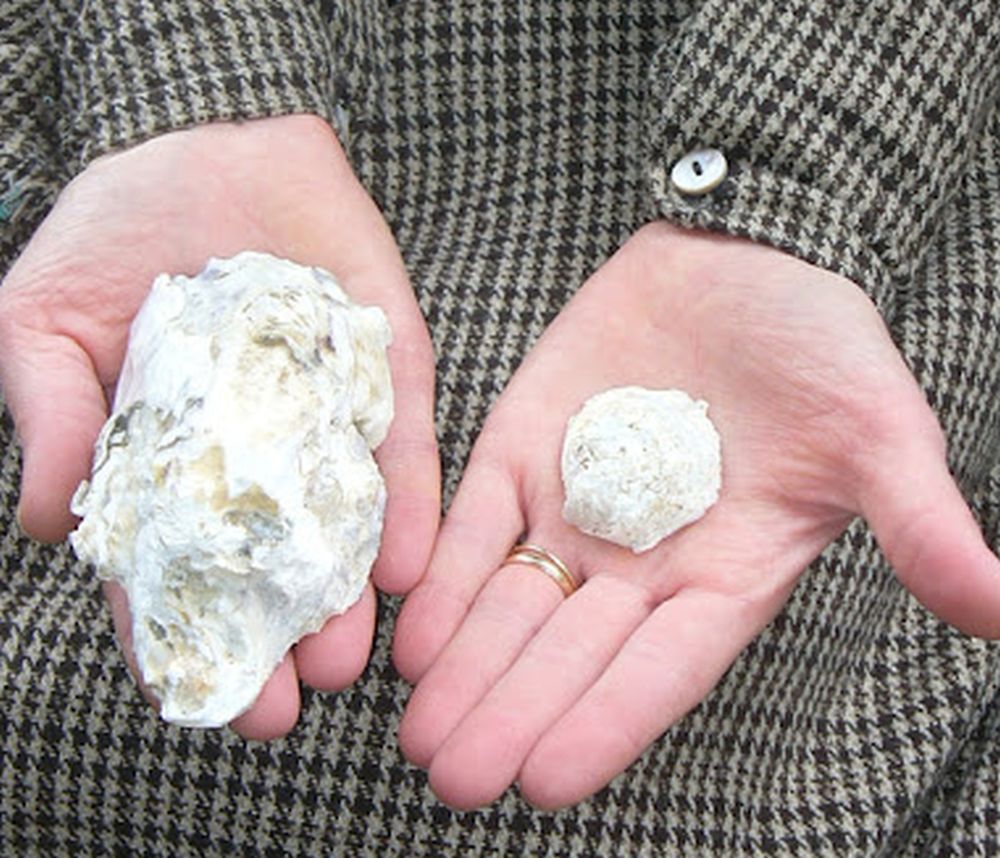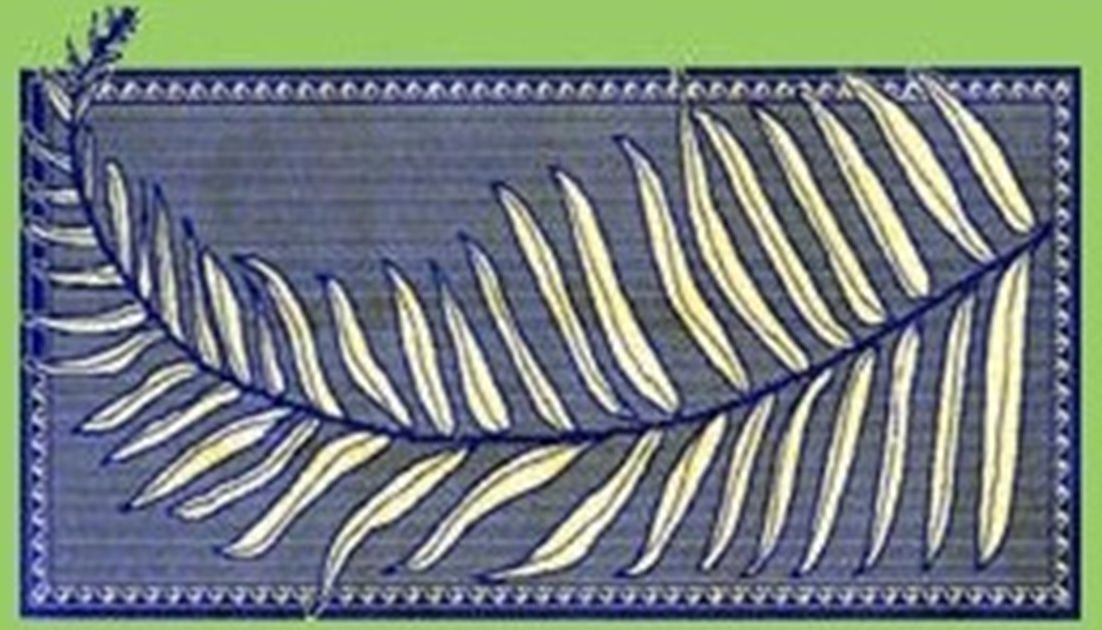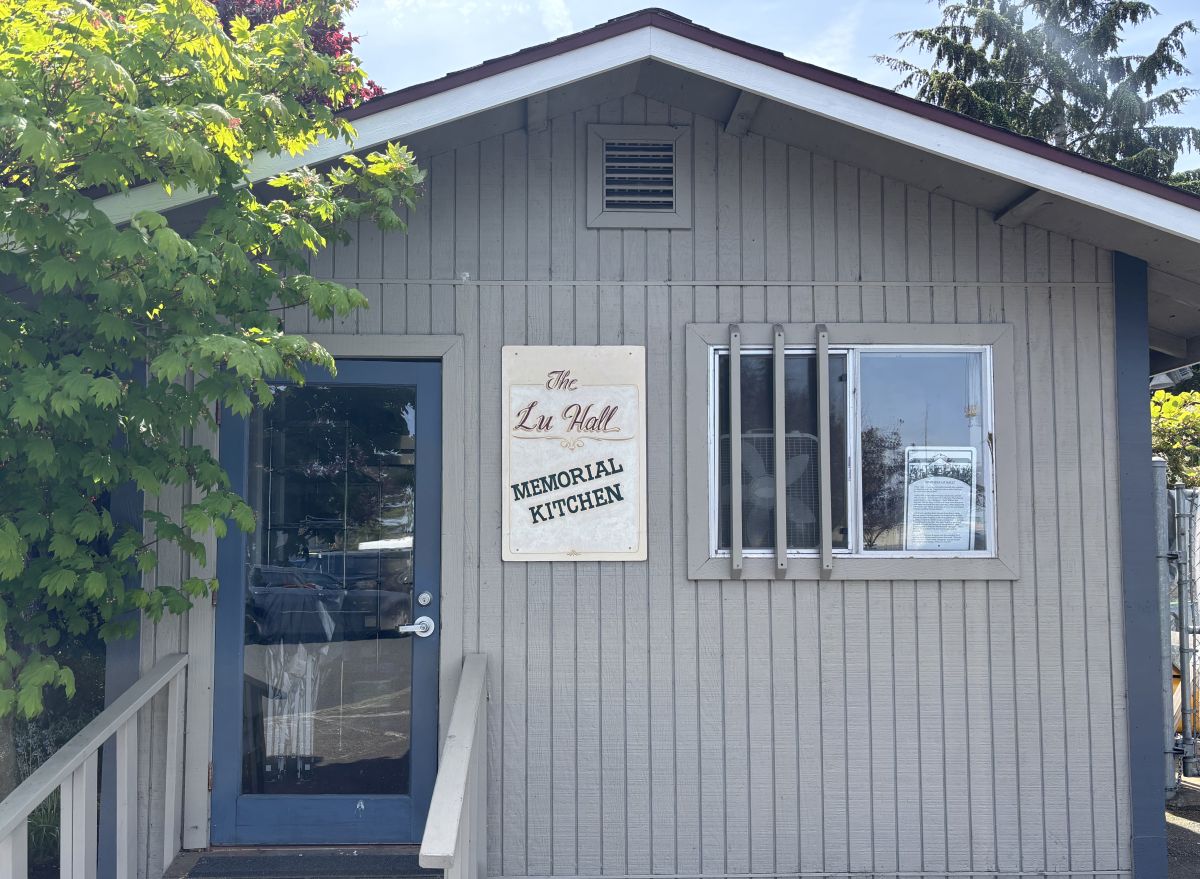Jazz in Olympia: Big Time Small Town Scene – By David Lee Joyner
I think the state’s capital is a treasure—beautiful, less crowded, economically accessible, friendly, it had great schools for my kids, and it was a convenient commute to my day gig as Director of Jazz at Pacific Lutheran University in south Tacoma. To my delight, I also discovered a vibrant community of musicians in Olympia, some of international repute and stature. Unfettered by the lack of local gigs, these wonderful artists’ activities have flourished, and they welcomed me into the fold with the same small-town warmth possessed by the city in general.
